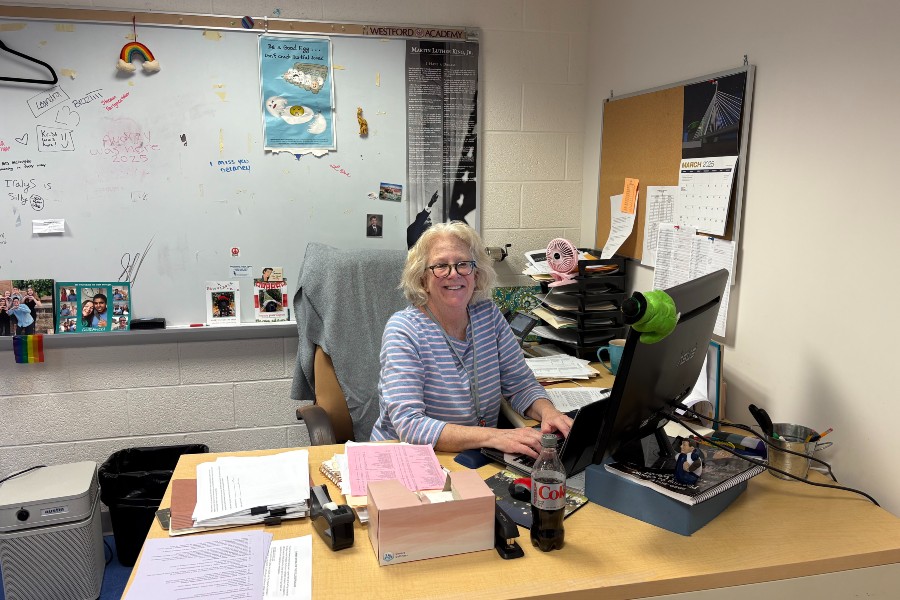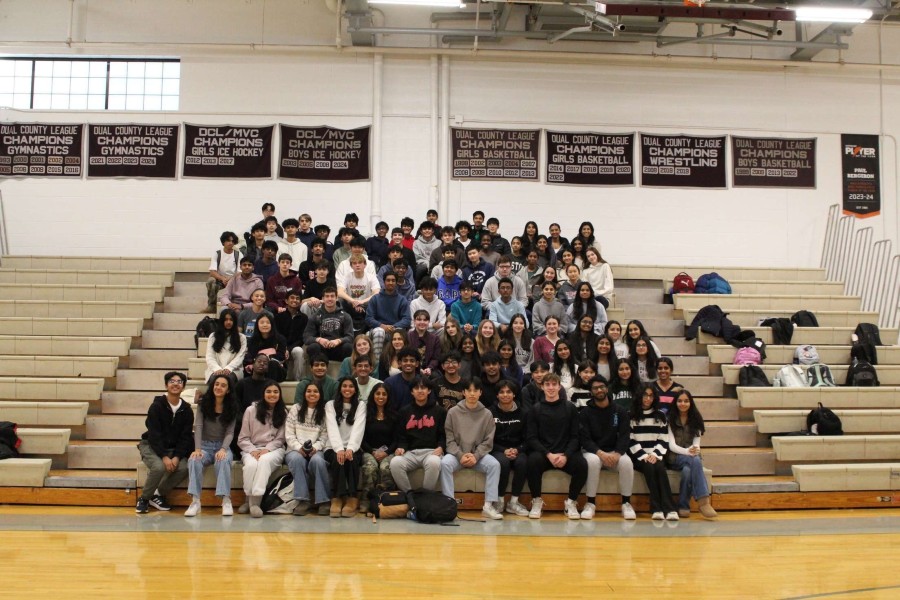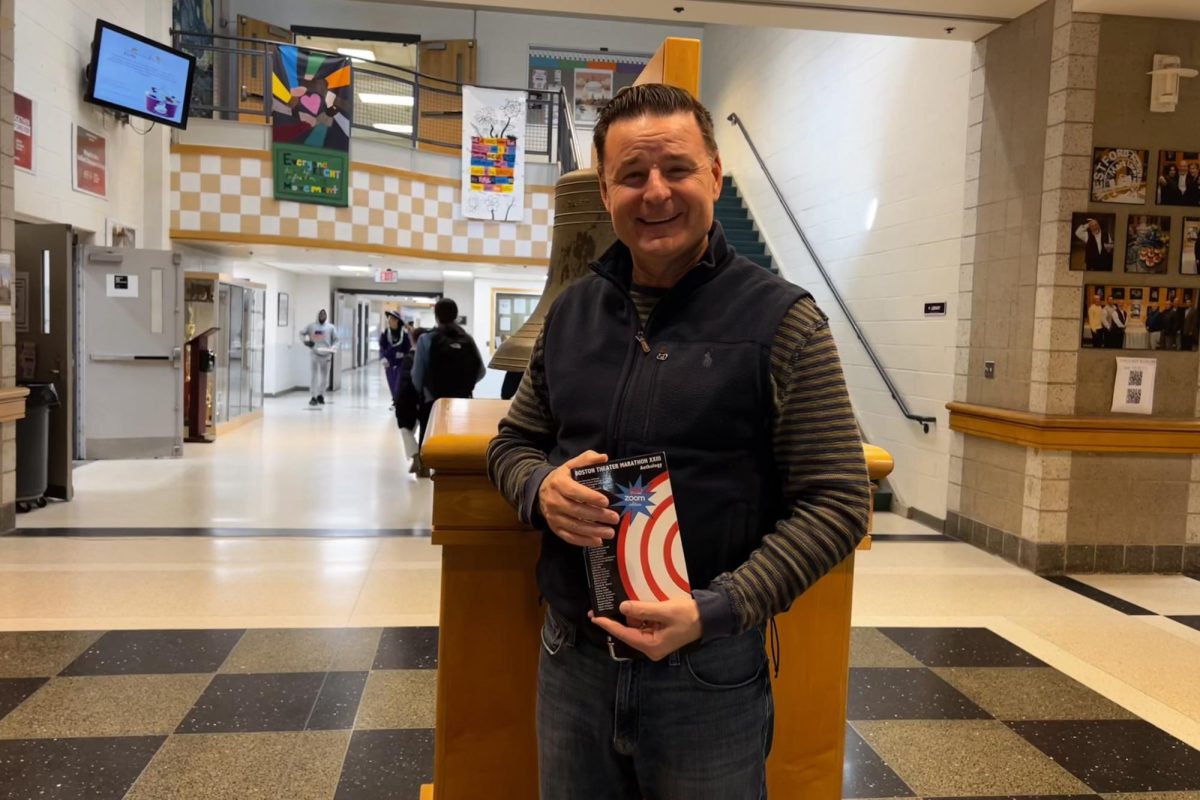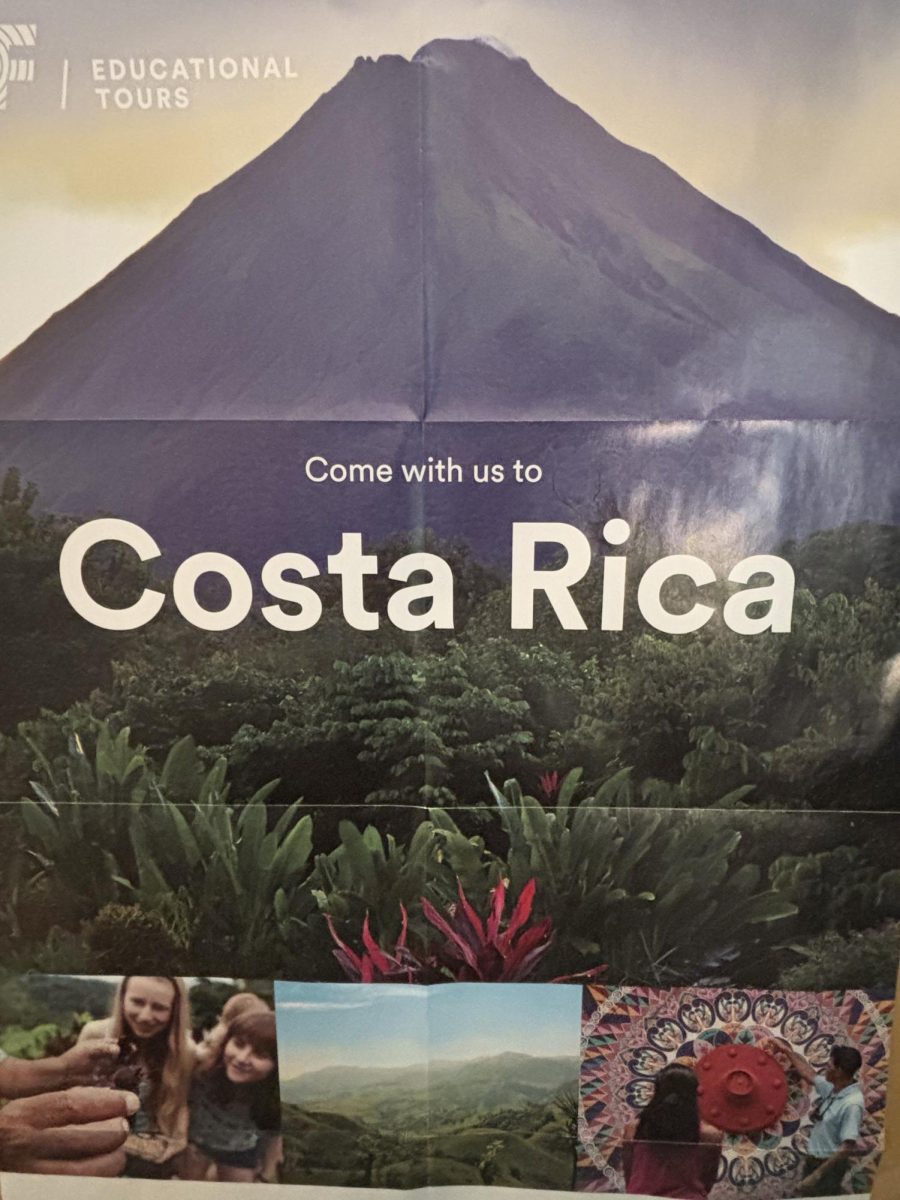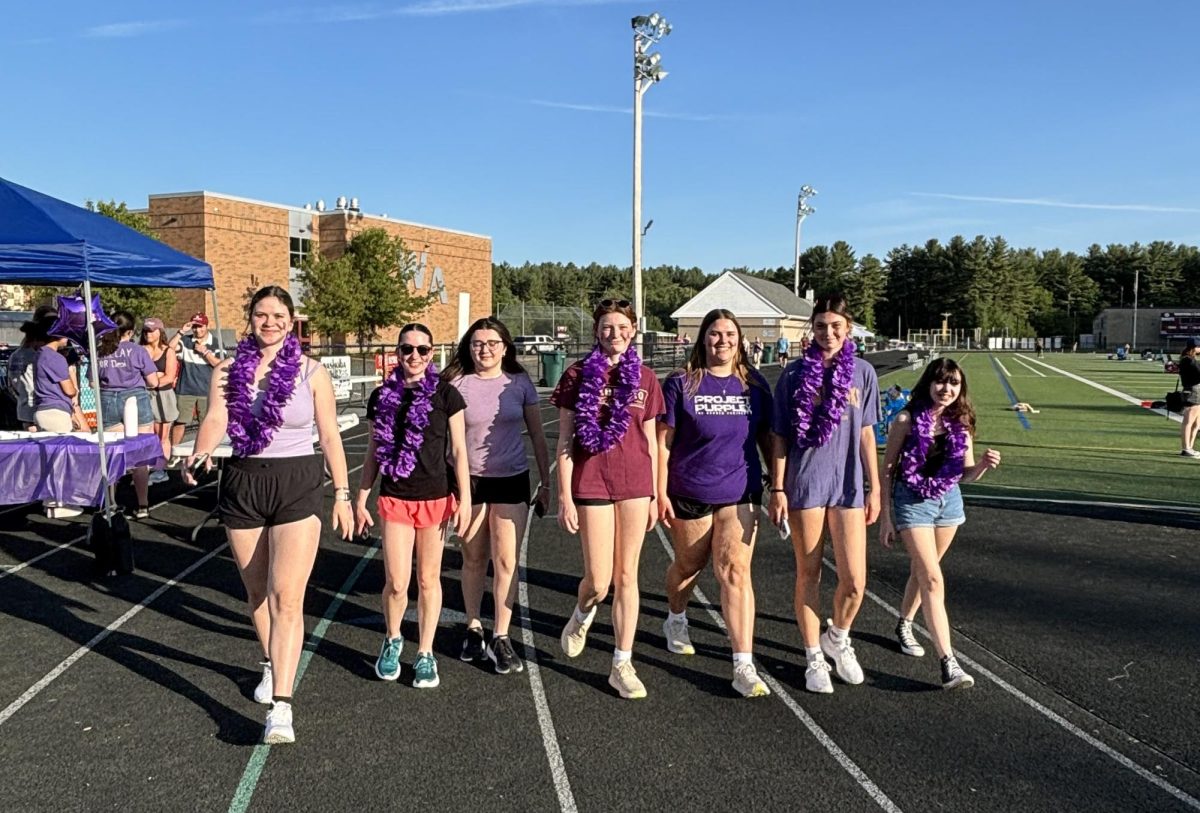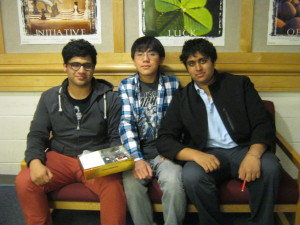
Staff Writer
Senior internship program. These words bring to mind all sorts of exciting possibilities. A few current seniors began their internships armed with not only an idea and a vague desire for change, but a prototype and a patent.
Senior Param Karandikar began his project the summer after junior year. While many others were enjoying the sun or stressing about college applications, he began designing a sterilizing machine, intended to improve the lives of people in less fortunate areas. The process began as Karandikar and group members, fellow seniors Jai Vekeria and Gary Yan, were hanging out and casual discussion led to the topic of unhealthy conditions in foreign countries and ways through which currently mediocre technology could be enhanced.
“Jai and I were playing video games and then kind of started talking about how they got medical care in some of these really distant, remote regions where they didn’t have hospitals or reliable electricity,” said Karandikar.
This thought branched out into ideas of how sterilizing machines could be improved. Such machines are essential in order to kill bacteria and make medical equipment safe for human use.
“We had an idea for a sterilizing machine which would be easy to use in third world countries, or disaster areas, or battlefields where conventional medical equipment isn’t available,” said Karandikar.
So what’s wrong with the initial sterilizers, the ones which are used all over the world today? The current technology is generally large, bulky and generally inefficient.
“The type of sterilizers that are available right now, they’re basically just big pressure cookers, they use steam and heat to vaporize water and basically just clean surgical tools,” said Karandikar. “As a result they are very dangerous because they use pressurized components so they can explode. Also they require clean water which is sort of a scarcity in a lot of places on the planet.”
Imagine a boxy 1990s cell phone versus today’s sleek iPhone. The idea of the senior group was to shrink the unwieldy current pressure cooker down into an efficient, portable machine that does not take up valuable resources, all the while making the process decisively safer.
The new model that the senior group designed is intended to be safer than the old one, ultra-portable and easy to use. The design substitutes ultraviolet radiation for the usual steam, using a two hundred and fifty four millimeter UV bulb to scatter ultraviolet light across a surface rather than just having a flashlight with a bulb in it. This ultraviolet light is reflected using mirrors, which enables the machine to concentrate the light on a single area in order to kill all the bacteria and viruses on an object’s surface.
“We’re using the exact same principle as a microwave oven, just using UV radiation instead of micro radiation to kill the bacteria,” explained group member Gary Yan.
Further benefits of the proposed system include that it would be faster, use less metal and have the ability to sterilize all types of materials, not just metal and glass. In a world where plastic has become the medium of choice, this would be beneficial. The system would also include interchangeable parts, which are much easier to obtain than the tiny, fragile pieces that make up a steam cooker.
“It’s also fairly inexpensive,” said group member Jai Vekeria. “A good portion of our market is countries that don’t necessarily have modern medical equipment available to them.”
With the ideas and the ambition to improve lives in hand, the feat became building a physical, functional model of the sterilizing machine. After doing research and planning, the boys first had to go about obtaining a patent to legally trademark their unique idea. With the assistance and lab space of WA teacher Jeff Haight, the group proceeded to run tests to ensure the success of their project.
“We ran some experiments, tested our data and our proof of concept- actually proved our concept- and then over the summer we went to the United States Patent and Trademark Office and got a provisional patent file,” said Karandikar.
At this point, with all of their paperwork and the design process completed over the summer, the group is spending their time focusing on testing and getting a permanent patent. Since so many people dream of inventing and trademarking their ideas at some point later in life, having a patent before even beginning college is a phenomenal achievement in itself, especially when managed in the wake of a heavy AP course load.
Looking to the future, Karandikar, Vekeria and Yan say they have considered selling their invention on a larger scale, depending on how well it works and their schedules. They believe it may benefit organizations such as the Red Cross and the Federal Emergency Management Agency.
This senior group has shown that taking on such an ambitious project requires a lot of work, pre-planning and a variety of skill sets, from biology to engineering to programming. They have also proved, however, that with dedication and interest in the subject matter, even a group of high school seniors can have a major impact on the future.
“If you’re passionate about the field and if you find an idea like this, it’s really fun to design things or to do the experiment and see that your results are coming out like you predicted,” said Karandikar. “But it is a lot of hard work, a lot of data crunching, lot of dealing with bacteria in petri dishes.”

